In Ho Chi Minh City , 35-year-old Anh Dung, who has had diabetes for four years, developed boils on his back that turned into infected and necrotic lesions.
Mr. Dung has had diabetes for over 4 years and has been hospitalized several times due to hyperglycemia accompanied by ketoacidosis (high blood acid levels).
This time, he was admitted to Tam Anh General Hospital in Ho Chi Minh City for emergency treatment with fever, fatigue, and severe back pain. The inflamed area on his back was 20 cm in diameter, as large as an orange, oozing pus and blood, and the surrounding skin had turned reddish-purple.
A week before hospitalization, the initial infection was a boil the size of a peanut. He took antibiotics and applied topical medication himself, after which the boil became swollen, red, painful, and he developed a fever. Tests upon admission showed a blood glucose level of 400 mg/dL (normal range is 70-100 mg/dL) and elevated blood ketone levels of 2.94 mmol/L (normal range is 0.03-0.3 mmol/L).
Dr. Dinh Thi Thao Mai, a specialist in Endocrinology and Diabetes, stated that Mr. Dung suffered from diabetes, a back abscess, skin infection, hyperglycemia, and ketoacidosis (high blood acid levels). Without treatment, the infected area could necrose, spread to the chest cavity and surrounding tissues, leading to sepsis and multiple organ failure. Untreated ketoacidosis can lead to coma and death.
Mr. Dung received intravenous fluids, had his blood sugar controlled with insulin, and was treated for infection with antibiotics. Doctors drained the pus from the inflamed area, removed necrotic tissue, and prevented it from spreading throughout his back. After two days, his blood sugar stabilized, the swelling and pain subsided, and he was placed on a negative pressure wound therapy device to promote faster healing.
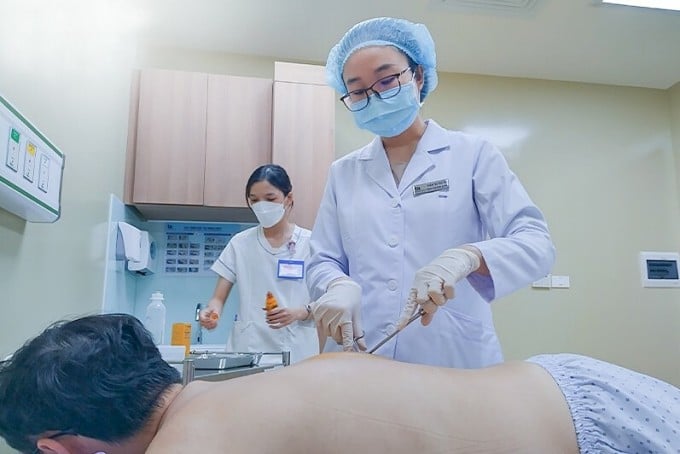
The doctor is treating Mr. Dung's wounds. Photo: Dinh Tien
A back abscess is an infection that can lead to sepsis and impaired blood sugar metabolism. Weakened immunity and high blood sugar levels in diabetic patients create favorable conditions for skin and muscle infections, leg ulcers, and sepsis.
Dr. Mai stated that, in addition to soft tissue infections, diabetic patients are prone to developing foot ulcers, with an annual incidence rate of approximately 2%. The rate of amputation due to foot ulcers in diabetic patients is 60%, and the 5-year mortality rate for diabetic patients who have undergone amputation is 50-60%.
People with diabetes need to control their blood sugar well and take medication as directed by their doctor. They should eat less carbohydrates, limit sweets, sugar, fast food, and processed foods, and avoid alcohol and smoking.
Eat plenty of green vegetables and whole grains, and exercise for at least 30 minutes each day. People with diabetes need regular health checkups and HbA1c testing (assessing blood glucose levels over three months) at least twice a year.
Dinh Tien
| Readers can post questions about endocrine disorders and diabetes here for doctors to answer. |
Source link





![[Image] Close-up of the newly discovered "sacred road" at My Son Sanctuary](/_next/image?url=https%3A%2F%2Fvphoto.vietnam.vn%2Fthumb%2F1200x675%2Fvietnam%2Fresource%2FIMAGE%2F2025%2F12%2F13%2F1765587881240_ndo_br_ms5-jpg.webp&w=3840&q=75)

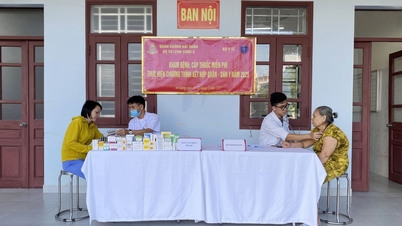





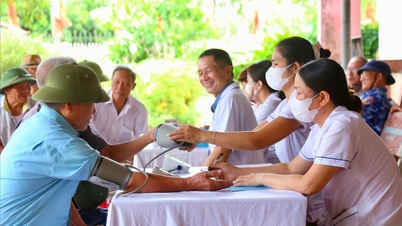



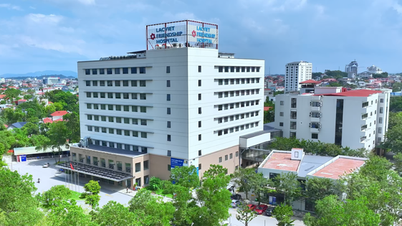


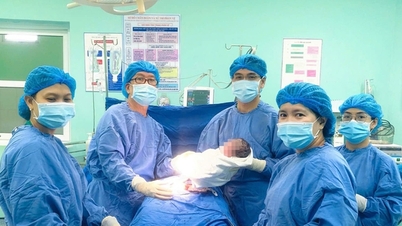
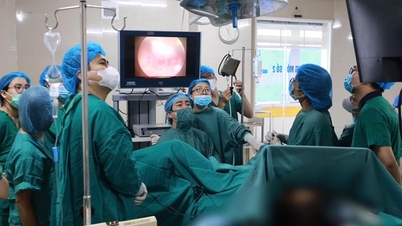

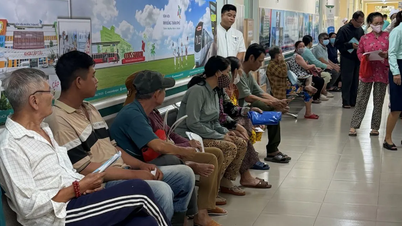









































































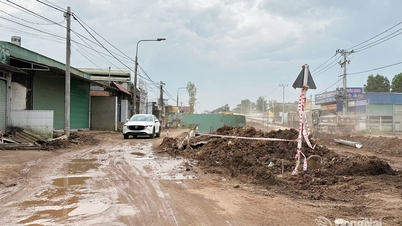

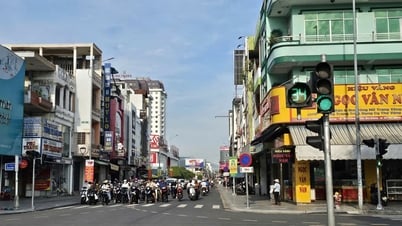














Comment (0)